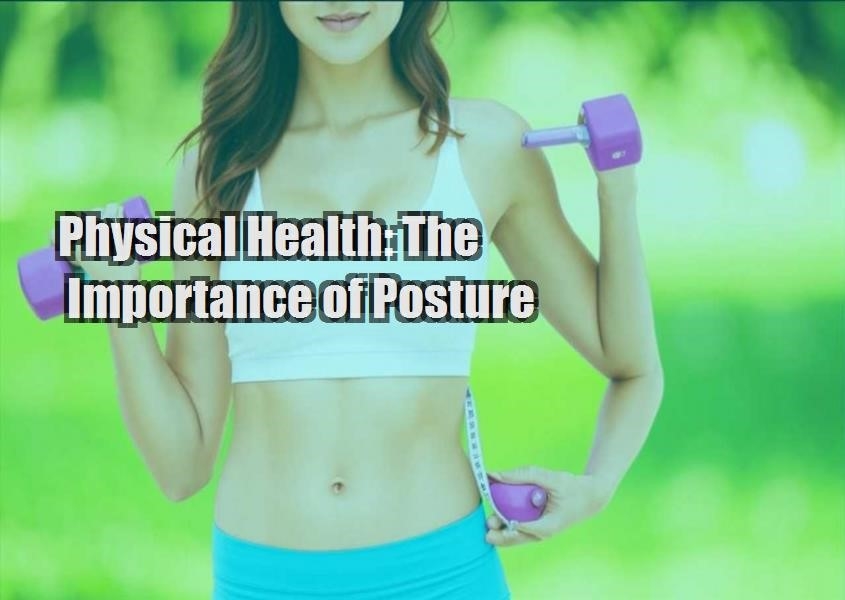Posture, the alignment of the bodys bones and muscles, plays a pivotal role in our physical health. Maintaining proper posture not only enhances our appearance but also supports various bodily functions and reduces the risk of developing musculoskeletal issues.
The Anatomy of Posture
Posture is determined by the intricate interplay of several core muscle groups, including:
- The erector spinae, located in the lower back, stabilizes the spine and maintains an upright posture.
- The abdominal muscles, including the rectus abdominis, transverse abdominis, and obliques, provide support to the spine and pelvis.
- The pelvic floor muscles, located at the base of the pelvis, support the pelvic organs and contribute to posture maintenance.
The Consequences of Poor Posture
Chronic poor posture can lead to a myriad of health problems, such as:
- Musculoskeletal pain: Prolonged slouching or sitting in awkward positions can strain muscles, tendons, and ligaments, resulting in pain in the neck, back, shoulders, and other areas.
- Joint degeneration: Improper posture can put excessive pressure on joints, leading to premature wear and tear and increasing the risk of arthritis.
- Headaches: Poor posture can compress nerves and muscles around the neck, contributing to tension headaches.
- Digestive issues: Slouching can restrict the digestive system, leading to indigestion, constipation, and other problems.
- Respiratory problems: Impaired posture can compress the chest cavity, making breathing difficult and reducing lung capacity.
The Benefits of Good Posture
Maintaining good posture offers a wealth of health benefits, including:
- Reduced pain: Proper posture helps distribute weight evenly across the body, reducing strain on muscles and joints.
- Improved blood circulation: Good posture facilitates proper blood flow throughout the body, supporting cardiovascular health.
- Enhanced balance and coordination: Correct posture improves body alignment, promoting better balance and coordination.
- Increased energy: Maintaining good posture reduces muscle fatigue and tension, resulting in increased energy levels.
- Improved mood: Good posture has been linked to reduced anxiety and improved mood.
Achieving and Maintaining Good Posture
Achieving and maintaining good posture requires a combination of awareness and effort:
- Be mindful: Pay attention to your posture while sitting, standing, and walking. Correct any deviations from proper alignment.
- Strengthen core muscles: Engage in regular exercises that strengthen the core muscles, such as planks, sit-ups, and squats.
- Improve flexibility: Stretching exercises help maintain muscle elasticity and prevent stiffness that can contribute to poor posture.
- Use ergonomic equipment: Opt for chairs and desks that support proper posture and minimize strain.
- Take breaks: Avoid prolonged sitting or standing in one position. Take frequent breaks to move around and stretch.
Conclusion
Posture is an integral aspect of physical health that significantly impacts our well-being. Chronic poor posture can lead to a range of health problems, while maintaining good posture offers numerous benefits. By cultivating greater awareness, strengthening core muscles, improving flexibility, using ergonomic equipment, and taking breaks, we can achieve and maintain good posture, ensuring optimal physical health and vitality.







